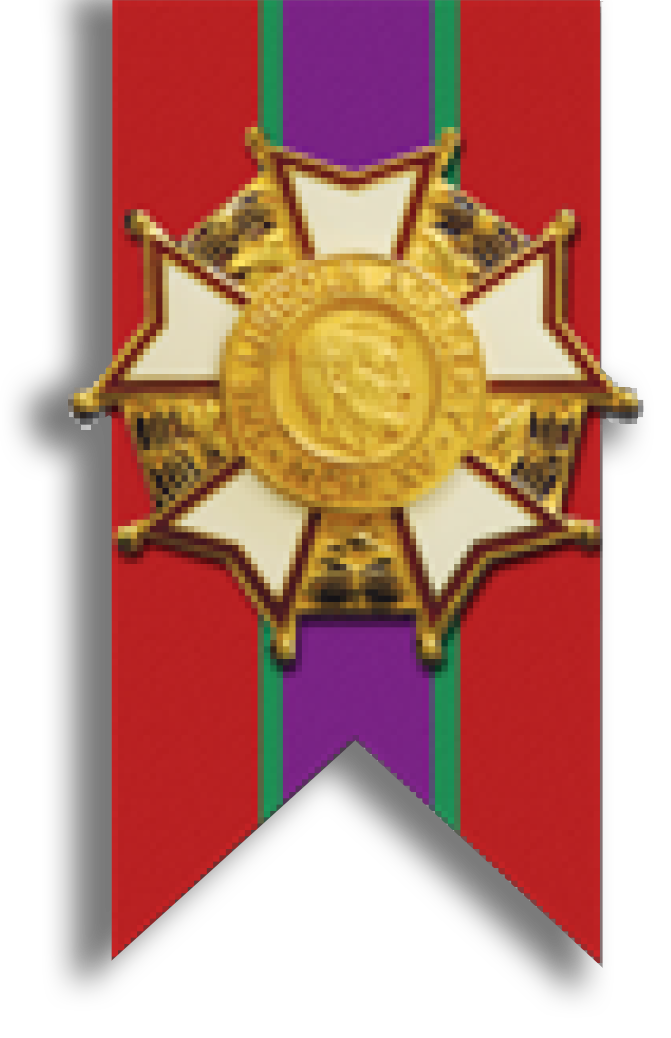Episode Debuts on Opening Day of the 2021-2022 NBA Season A conversation with Lincoln Laureate, 1972 Olympian, NBA All Star player and coach, broadcast analyst, basketball executive, and Benton, Illinois native Doug Collins is set to debut as the latest episode of The Lincoln Laureates podcast series on opening day of the very sport that…
